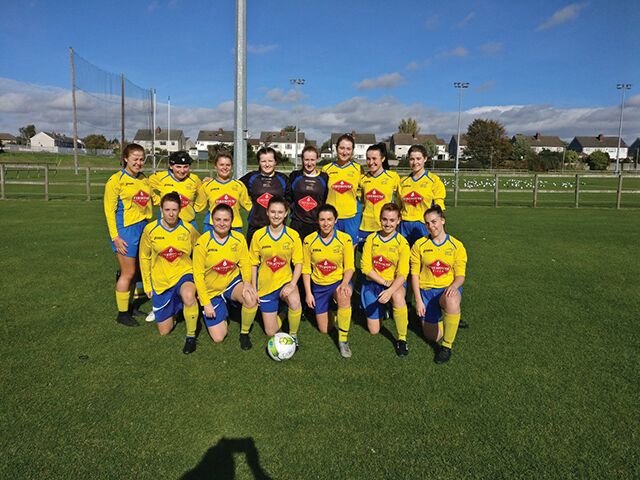
[dropcap]M[/dropcap]ovies for children stand the test of time because children are generally possessive, sentimental and fiercely competitive creatures when it comes to the things they love. Especially the inner child trapped in adults that dreams nostalgically of the movies and stories which shaped our imaginations and understanding of the world.
From the present-day, children’s movies are an institution for “the music makers” and “the dreamers of dreams,” as Willy Wonka would say. Therefore, the industry is constantly trying to outdo itself and reach the sweet spot of entertaining and educating modern children while keeping the traditional stories alive.
However, in such a vastly different society to what the average Snowflake, Gen Z and their parents grew up in, there is an argument that childrens’ movies are not of the same calibre with the growing influence of the Parental Control Brigade and Social Justice Warriors. Children’s movies have changed because of factors like these but not completely to their detriment. According to the Box Office, they certainly have not become more boring.
Incredibles 2 is the fourth highest ranking film in the Box Office for 2018 as it grossed $1.228 billion which is an impressive surge from what the original film’s $633 million grossed, indicating that more care than ever is going into creating quality childrens’ films.
People born pre-smart phone and CGI era that believe their childhood films are superior and that PG movies today are not as creative and nuanced as the ones in the past, may be looking back with rose tinted glasses. Many movies could have done with an intervention from the PC brigade such as the Hunchback of Notre Dame. This film depicts an old priest singing a song called ‘Hellfire’ in which he sings about his lust for a much younger woman, Esmerelda, and if his affections were not returned then he would kill her with fire. Another film which caused controversy was Song of the South. This film’s depiction of a black character was deemed racist by various critics.
The attitude of inclusion and acceptance is growing internationally. The portrayal of these changing narratives can be seen in children’s films. The reason the quality of the stories did not deteriorate is because films still use the classic formula of good vs evil and other constant variables.
Incredibles 2 exemplifies this. The first film used the theme of the everyday person being a superhero with a family twist. In the second, the nuanced yet dominant female presence was played out spectacularly by two incredibly different female leads while two of the main male roles were weaker characters. This could be because of the result of the #MeToo campaign or just film creators that the once male dominated world which used to exist does not anymore and therefore there is a necessity to depict the changed society to children.
The typical tragic hero that usually serves as the comic relief is still used today but can be used as a vehicle to show a change in society. Classic examples would be Harry Wormwood in Matilda, The Grinch or Willy Wonka in Gene Wilder’s Willy Wonka and the Chocolate Factory and more recently Gru: the single father with three adopted daughters in the Despicable Me franchise.
Girls and boys are often drawn to the stereotypical role of fabulous princesses and handsome princes which are still present characters today. The difference now is that they can be black, and can focus on relationships other than their one true love, like in Frozen where the bond between two sisters was the plot-line.
Cáit Caden
Image Credit: kapanlagi.com



